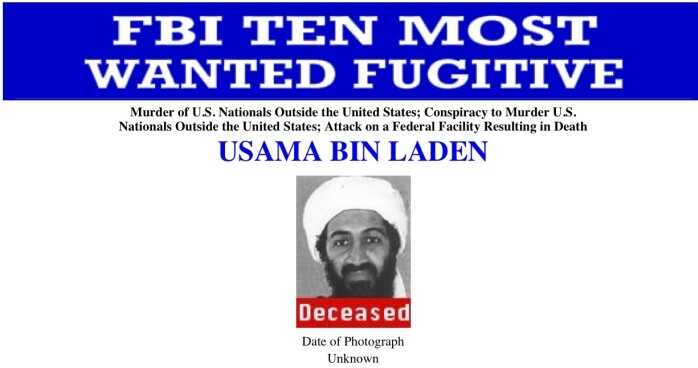
For three months after 9/11, new leads evaded the CIA and all the leads that they previously had went cold. This was even more troublesome for them when you consider that they very nearly looked evil in the eye. Towards the tail end of the Afghan Invasion, a battle was staged at Tora Bora. Afghan troops embedded themselves in the mountains of Tora Bora, with the possible objective of keeping Bin Laden safe. Whilst the battle raged on, it is believed that Bin Laden slipped into the neighbouring nation of Pakistan. Only 20 captives were detained and for a long time, none of them gave anything away. Until one of them did.
Previously off the FBI’s radar, Muhammad al-Qahtani denied any involvement in Al-Qaeda and the attacks on September 11th, saying that he was in Afghanistan to pursue his interests in falconry. However, once he was fingerprinted, the investigators realised that they already had a record of him.
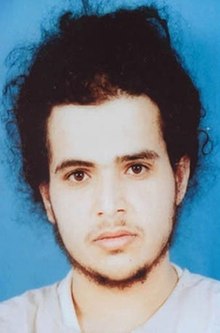
On August 4th 2001, a little over 5 weeks before the attacks, al-Qahtani attempted to enter the United States at Orlando Airport. With $2,800 in cash and a one way ticket from Dubai to Orlando on him, the officer at customs denied him entry to the US, suspecting him of being an illegal immigrant. Furthermore, a call was made from Orlando Airport on that day to a number that investigators knew was connected to Al-Qaeda in the UAE. After scanning through hours upon hours of security footage of the airport in search of another lead, they discovered a rental car. A rental car which was currently being hired by Mohamed Atta, the ringleader behind the attacks and the main pilot of American Airlines Flight 11, which crashed into the North Tower of the World Trade Centre. Investigators believed that Atta had arrived to pick up al-Qahtani, believing al-Qahtani to possibly be one of the hijackers of United Airlines Flight 93, being the rumoured 20th hijacker. Al-Qahtani was among many Al-Qaeda informants who managed to give investigators a lead on the whereabouts of Bin Laden.
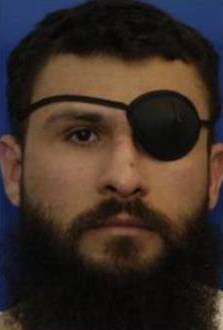
Another one of these informants was Abu Zubaydah, who was arrested in a US-Pakistani raid on Faisalabad safehouses in Pakistan in March 2002. He was interrogated until he ratted out Khalid Sheikh-Mohammed, Al-Qaeda’s operational commander, who had been the planner behind the attacks on America. Furthermore, Qahtani revealed that Khalid had introduced him to a man in July 2001. This man’s name was Abu Ahmed al-Kuwaiti.
Even with all this information being revealed, they were no closer to finding bin Laden. The man’s name was obviously a pseudonym, being a direct translation to “The Father of Ahmed from Kuwaiti”. However, they knew bin Laden could still communicate. Tapes would come through and investigators believed that bin Laden could have possible contact with more minor leaders inside Al-Qaeda The investigators decided to look through bin Laden’s courier network, the people who transmitted letters and documents to and from bin Laden, in a vain attempt to try and find where he was hiding. It would be a long time before any results came in.
Forces from Kurdistan apprehended a man called Hassan Ghul in January 2004. Ghul was carrying a letter addressed solely to Osama bin Laden. He was later handed over to the Americans, who claimed that the man behind the name of al-Kuwaiti operated as a personal courier to bin Laden. However, conflicting information emerged. While Ghul claimed that al-Kuwaiti had a much higher role in the chain of Al-Qaeda’s command, with him being on friendly terms with Khalid and his successor, Abu Faraj al-Libbi, Khalid and al-Libbi vehemently denied these claims, with Khalid claiming that al-Kuwaiti had retired and was long since inactive. When investigations expanded, a man named Riduan Isamuddin, or Hambali, came forward. Hamabli was the leader of an affiliate group of Al-Qaeda from South-East Asia. He claimed that Kuwaiti played a key role, with him saying that al-Kuwaiti managed a safehouse in Karachi during the Taliban fleeing from Afghanistan. This conflicting information about al-Kuwaiti only made him a higher priority for investigators, making them believe that he must be in a higher position inside Al-Qaeda.
While much of the information acquired from these prisoners was vital in the capture of bin Laden, it was obtained through questionable methods in the US’ interrogation area called Guantanamo Bay. Many prisoners were subjected to various torture methods, including, but not limited to water boarding, sleep deprivation and forced nudity. Zubaydah drew and described his torture in graphic detail.
Among the images [published, one of them shows] masked agents physically threatening Zubaydah with anal rape. […] In another image, Zubaydah draws himself chained in the nude in front of a female interrogator. A further drawing shows guards threatening to desecrate the Qur’an – techniques which were never officially approved by the justice department.
Ed Pilkington of The Guardian “‘The forever prisoner’: Abu Zubaydah’s drawings expose the US’s depraved torture policy”
Mark Denbeaux, Zubaydah’s lawyer had Zubaydah draw these pictures. He stated that:
He was the first person to be tortured, having been approved by the Department of Justice based on facts that the CIA knew to be false. His drawings are the ultimate repudiation of the failure and abuses of torture.
Denbeaux speaking on Zubaydah

These were called “enhanced interrogation techniques” by CIA officials. A 712 page long fraction of 6,700 long Committee report claims that not only were these torture techniques not effective in capturing Osama bin Laden but also damaged the standing of the United States in the world of foreign politics.
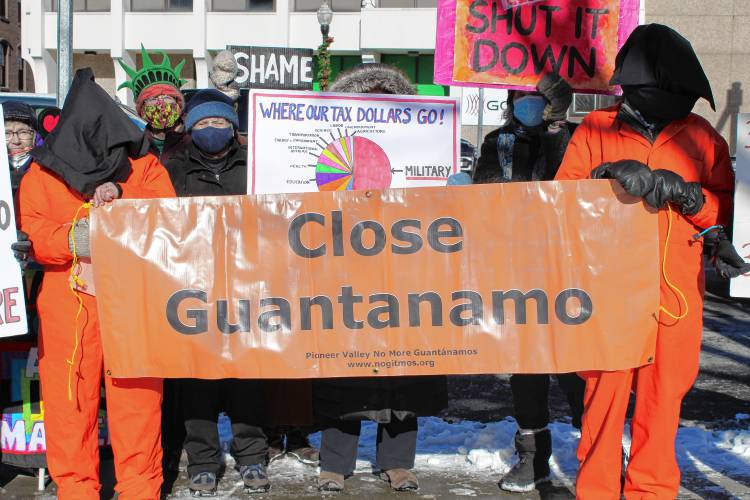
Eventually, in 2007, the CIA finally attached a real name to al-Kuwaiti through an unknown foreign intelligence service. His real name was Ibrahim Saeed Ahmed, a Pakistani who lived in Kuwait for most of his childhood. It would not be until 2010 when they could finally track him down. Through phone calls, they were able to track Ahmed to Peshawar in northern Pakistan, where he was tailed by a Pakistani operative for the CIA back to his home. When they reached Ahmed’s home, the investigator’s were surprised.
What they found was a large mansion encased inside walls that were 10-18 feet high. These walls were topped with barbed wire and were sparsely populated by 4 gates littered around the compound border. If this was where Ahmed was living, investigators thought, then bin Laden could possibly be here also. Upon investigation of the compound, they found that only 3 people would go outside the mansion inside the compound, Ahmed, his brother and a mysterious figure who regularly walked around the interior courtyard on a daily basis. This figure was tall, thin, wore a pashtun dress and a prayer cap. When photos were captured, they were not very clear. This mysterious figure was nicknamed Pacer.
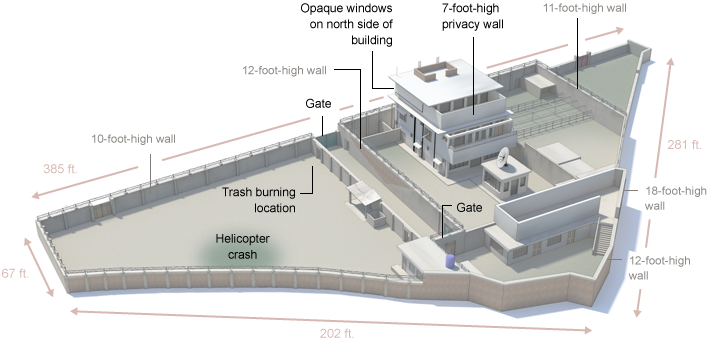
Whether Pacer was bin Laden or not, Barack Obama knew he needed to act sooner rather than later. Many options were considered. Assaulting bin Laden with the assistance of the Pakistani Government was entirely out of the question. Pakistan had previously favoured the Taliban in their escape from Afghanistan and had previously harboured many other members of Al-Qaeda. Bombing raids were favoured by the majority of the President’s advisors but Obama was concerned about civilian casualties and the difficulty of confirming whether they had eliminated bin Laden so ruled that out. Eventually, they settled on an aerial to ground assault, in which bin Laden was either captured or killed and the Pakistani Government would not be notified. This would be extra risky, considering that the compound is only 3 and a half kilometres away, or 2 miles away, from a Pakistani Military Academy.
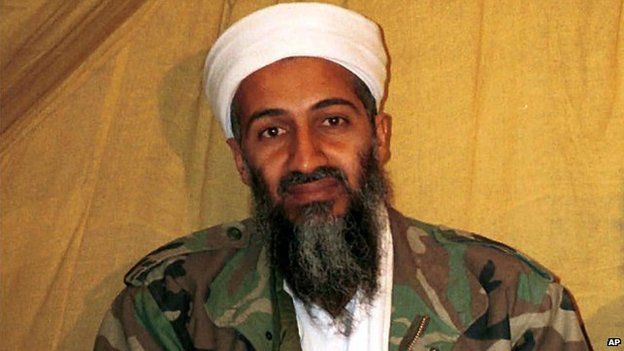
epik
Ocean man
Take me by the hand
Lead me to the land
That you understand
Ocean man
The voyage to the corner of the globe
Is a real trip
Ocean man
The crust of a tan man
Imbibed by the sand
Soaking up the thirst of the land